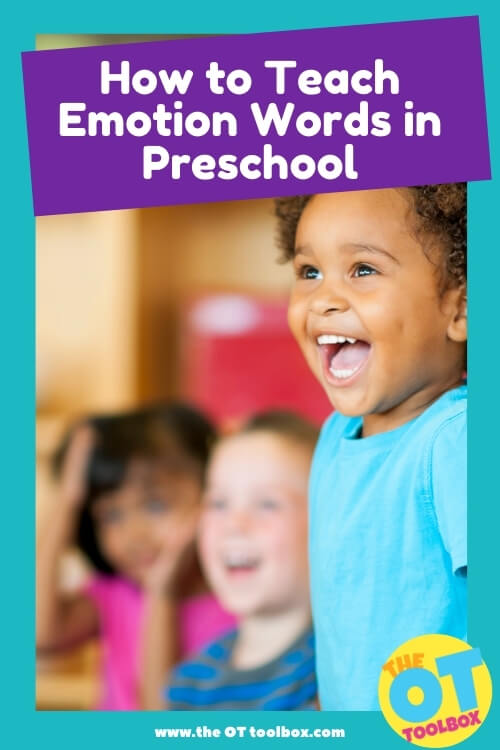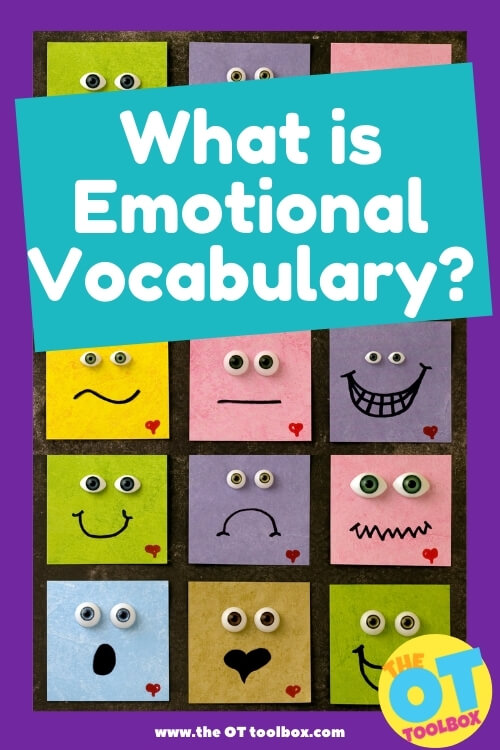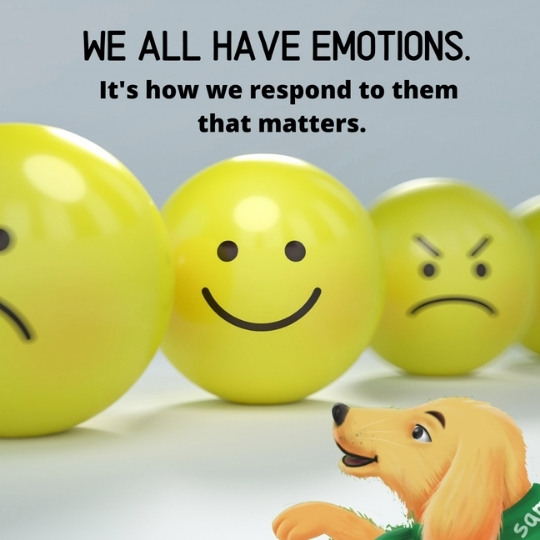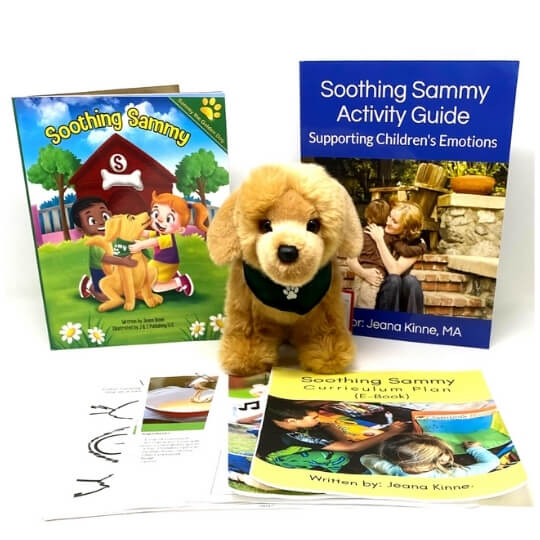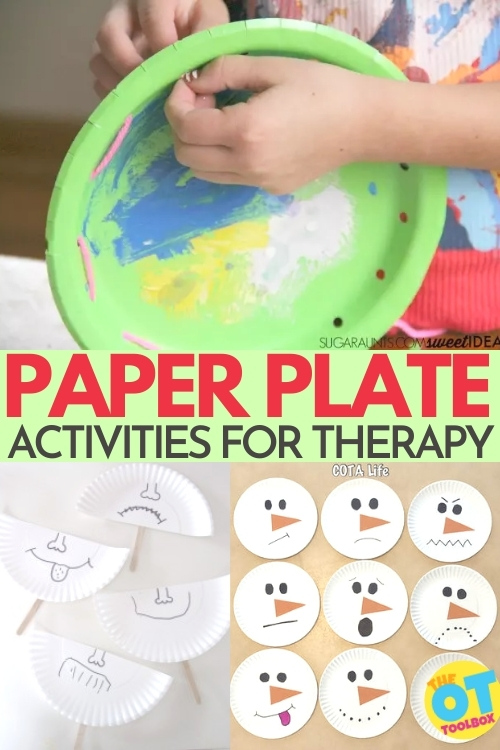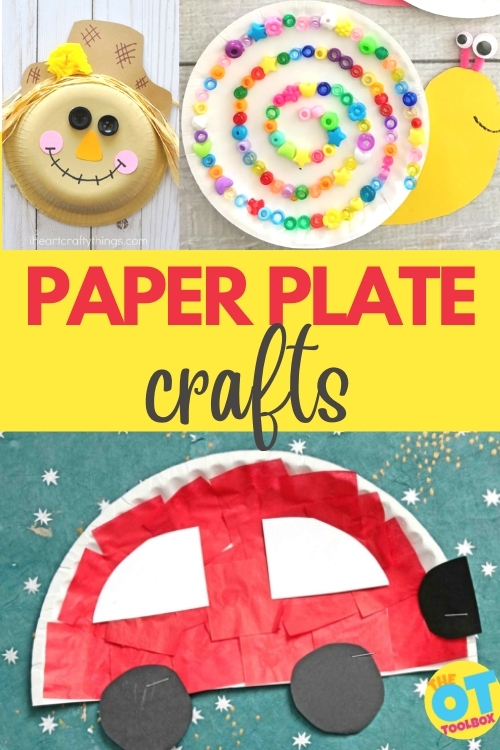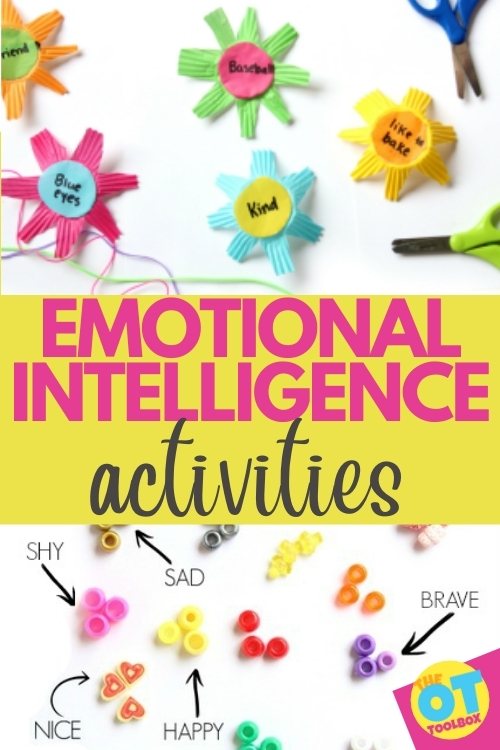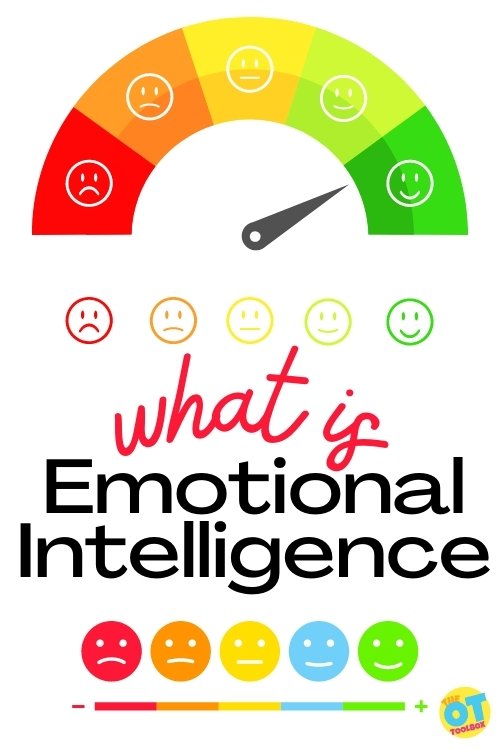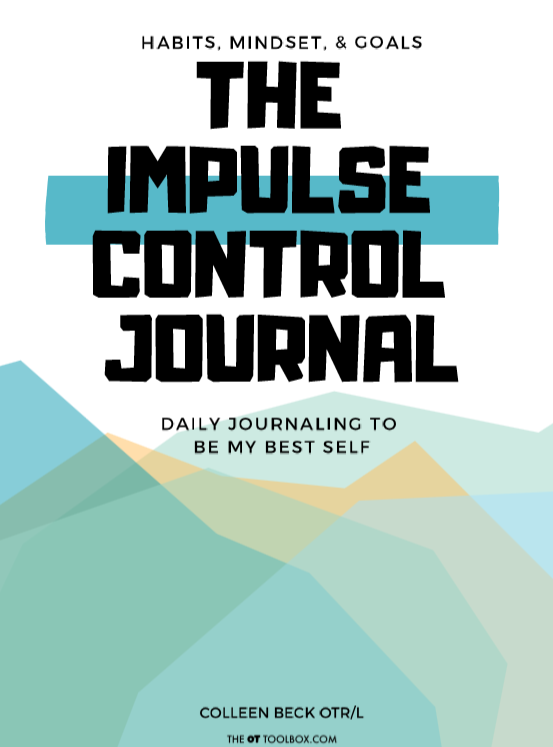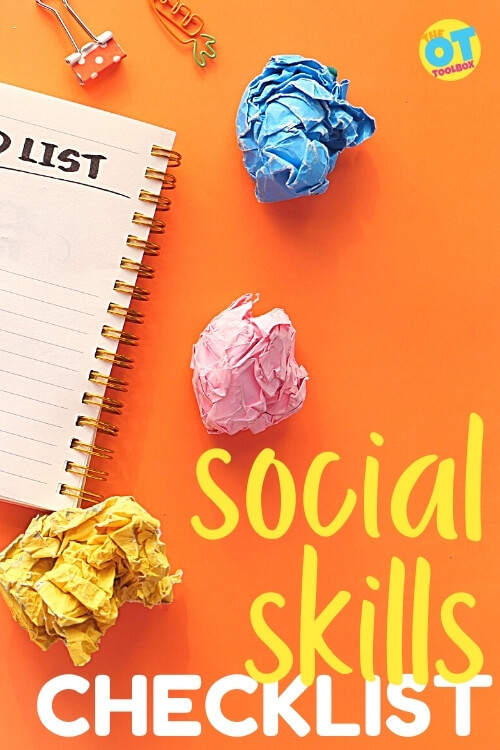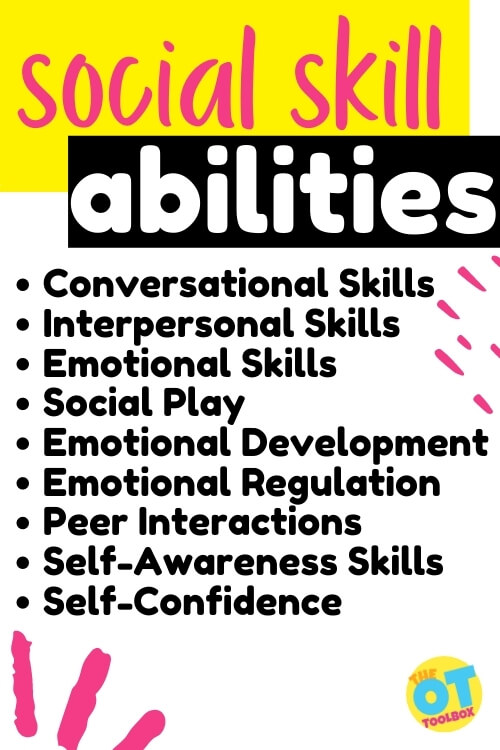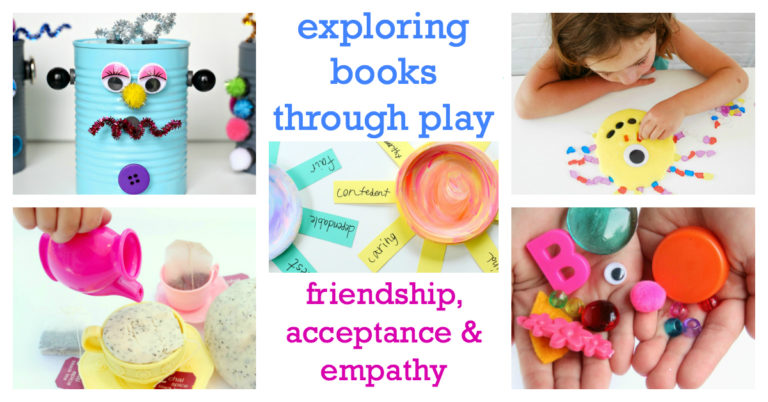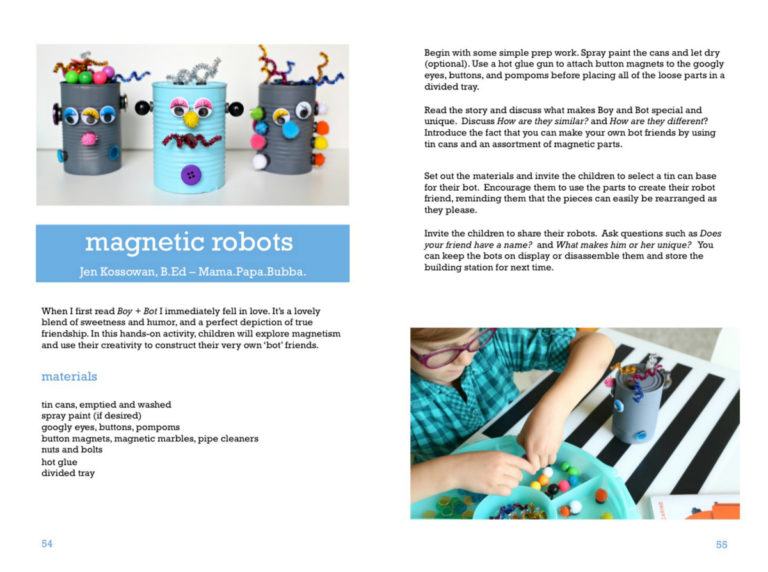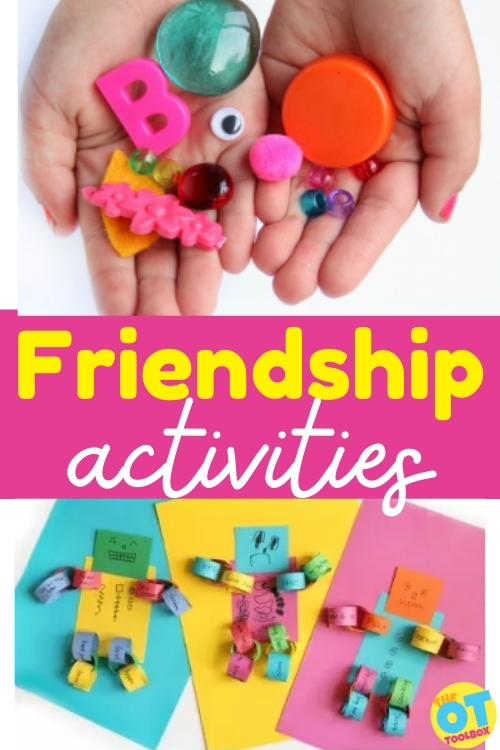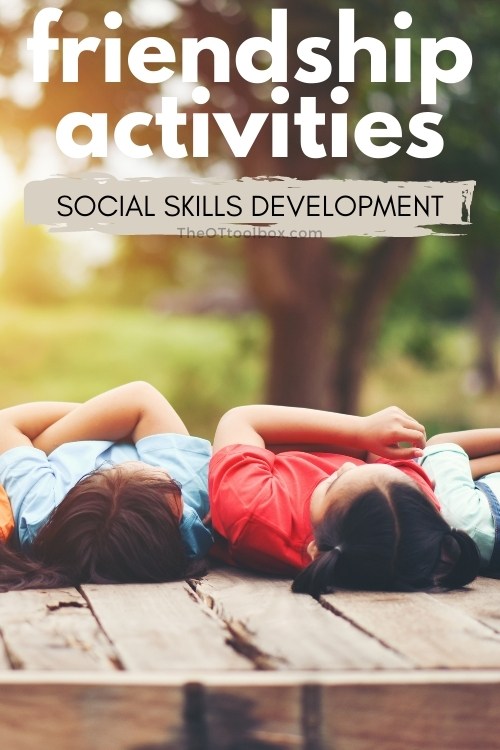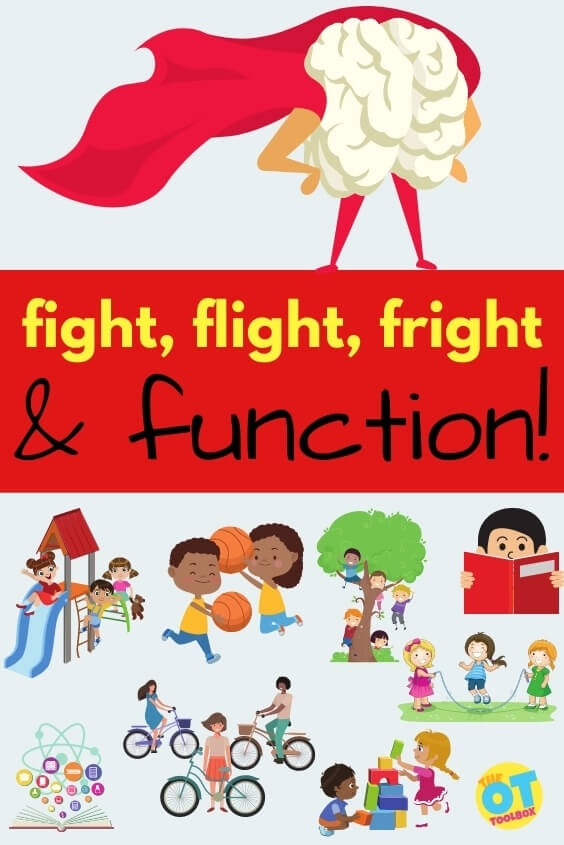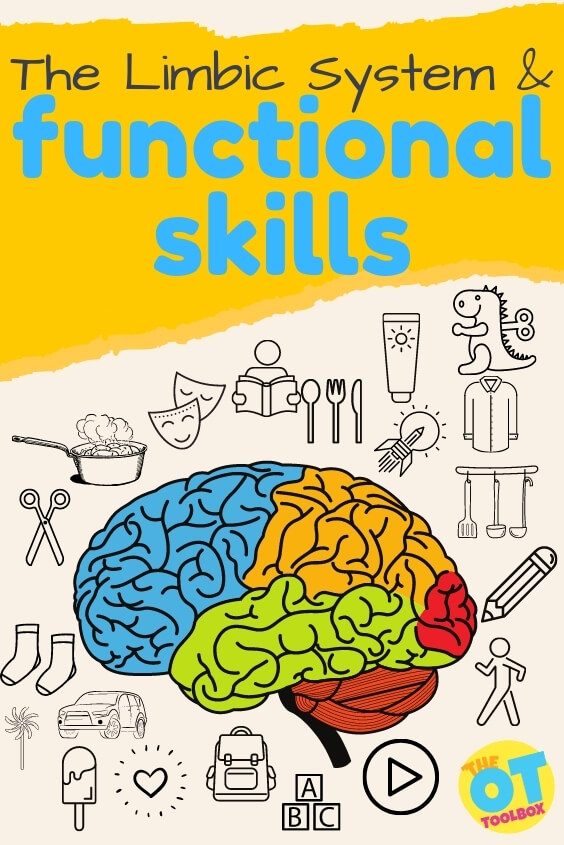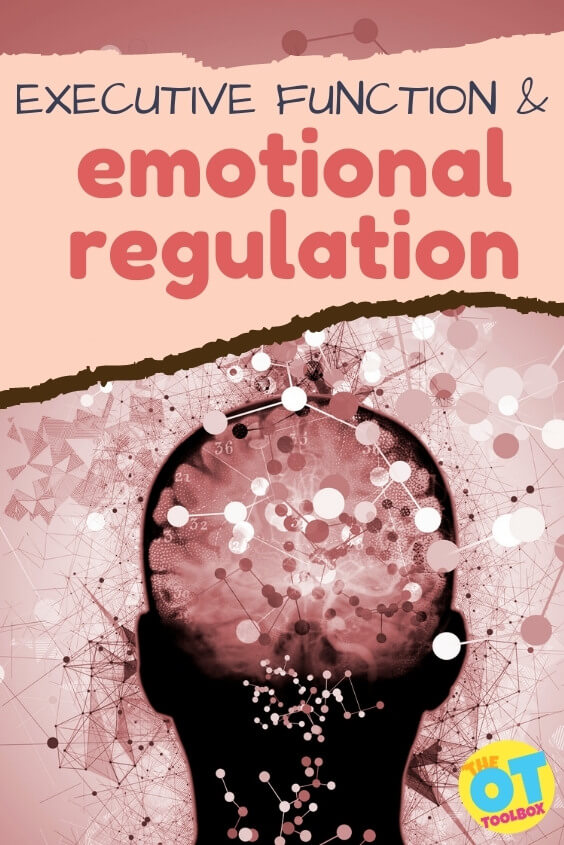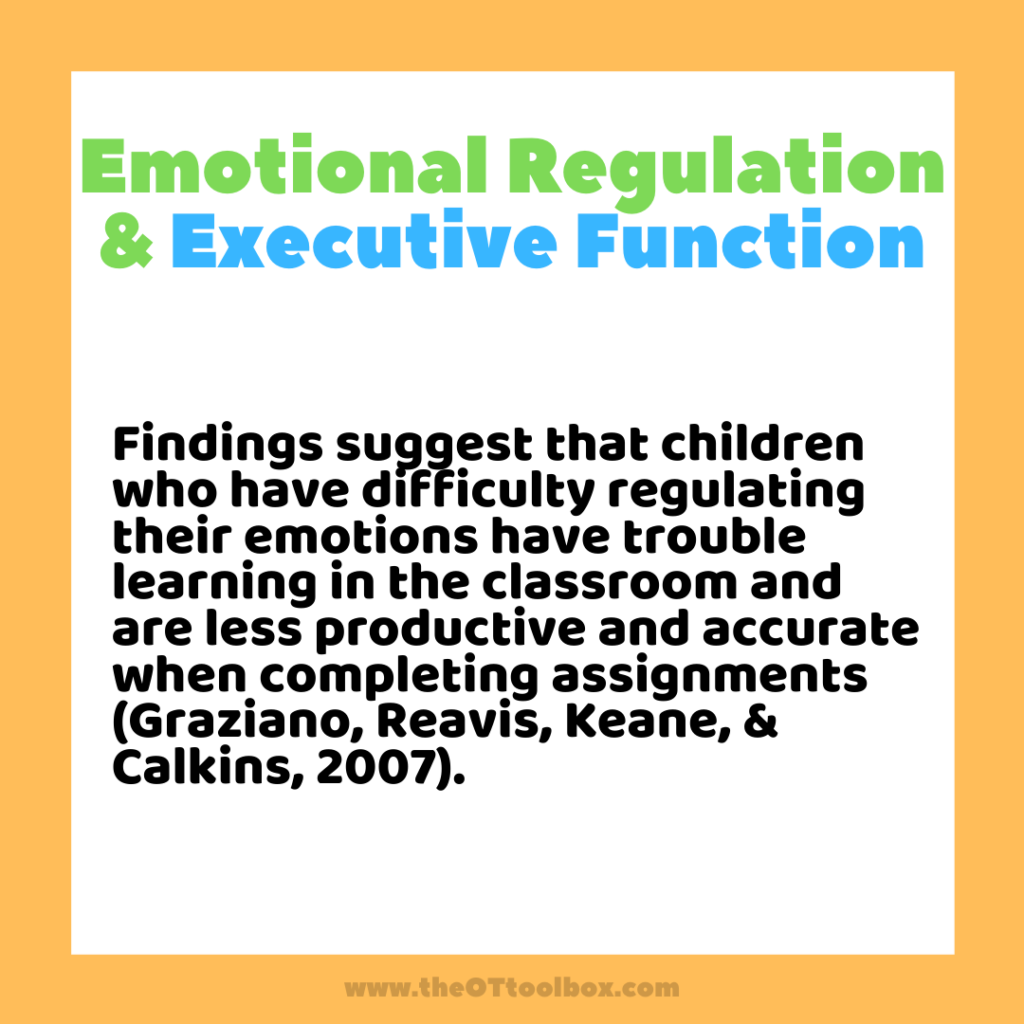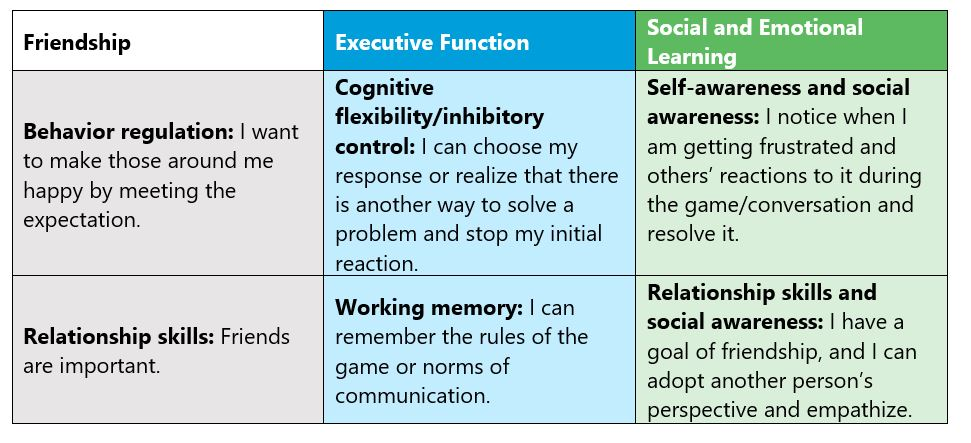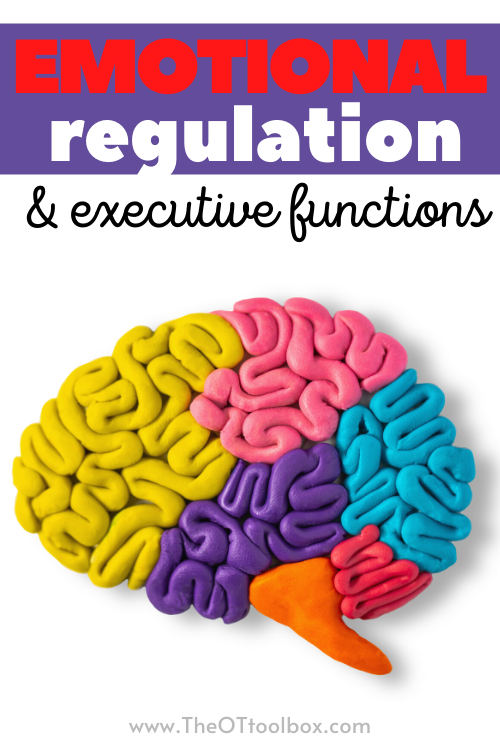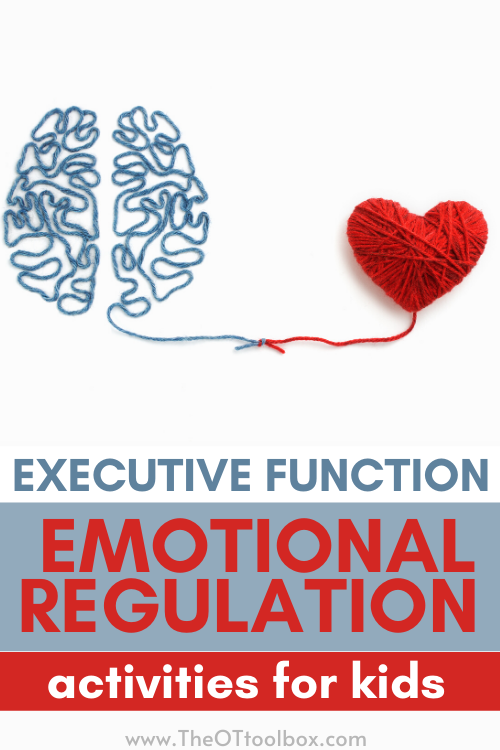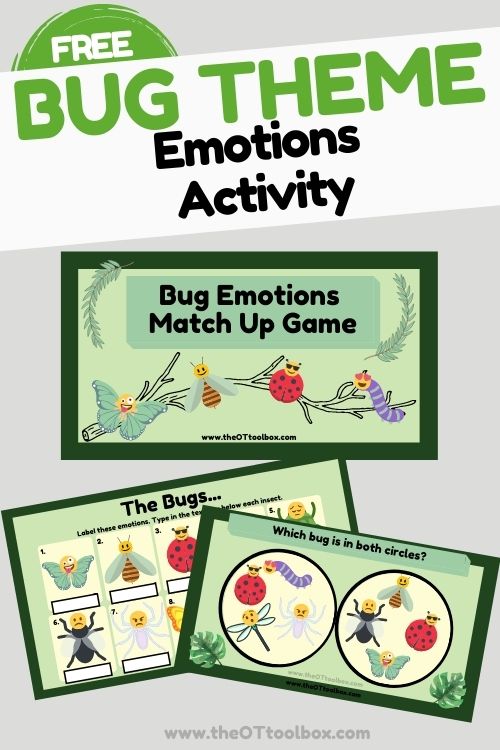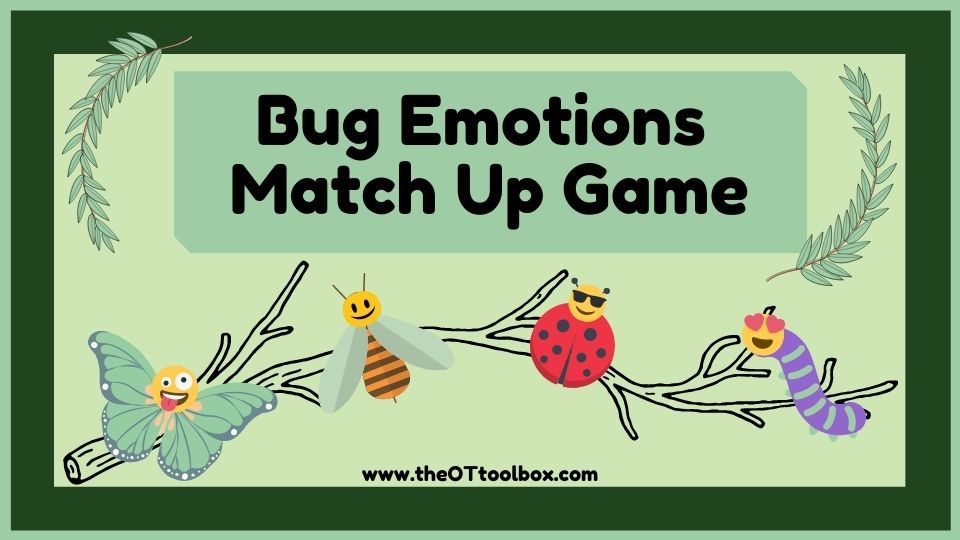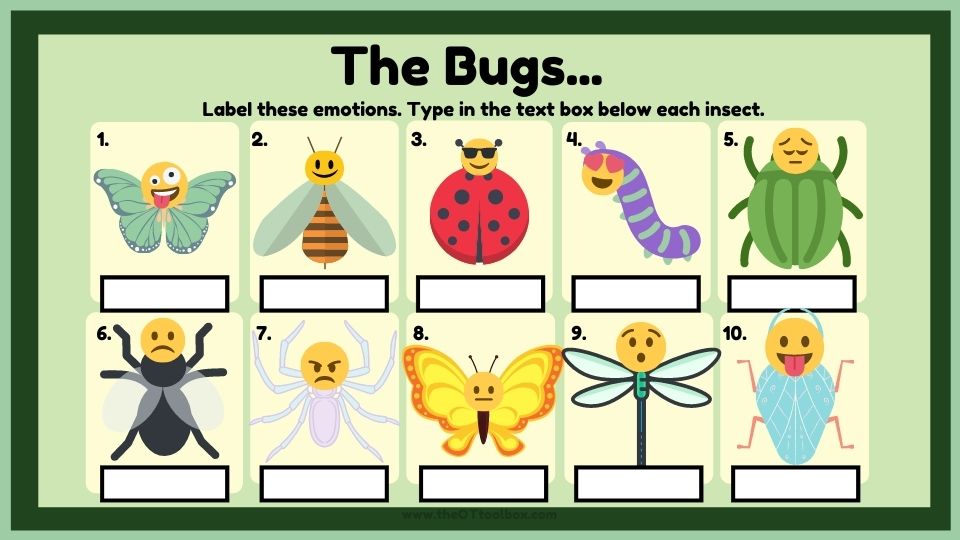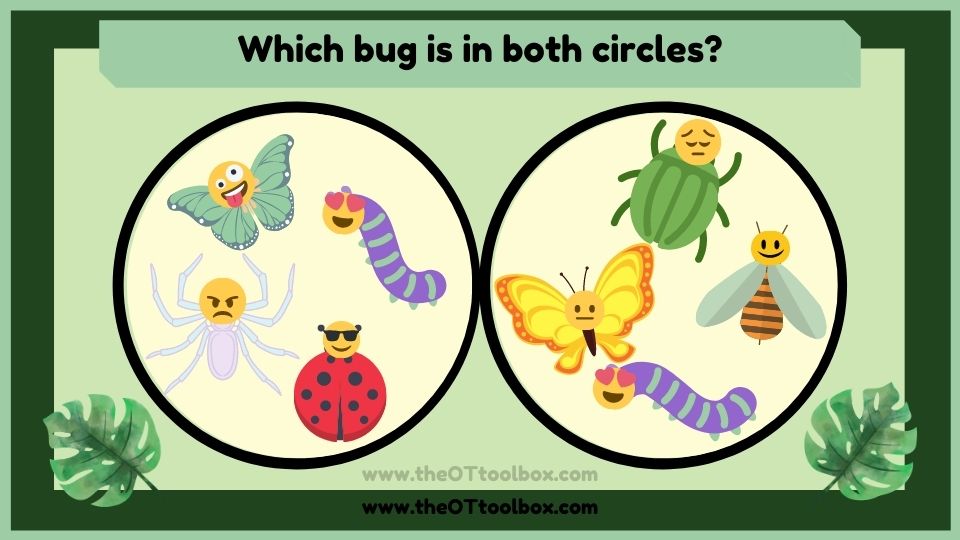If you are looking for tools to support and develop self-regulation skills, then you are in the right place. In this post, you’ll find emotional regulation games for self-regulation and specifically, Zones of Regulation games. These children’s games for emotional awareness and self-regulation were selected because they are fun ways to support emotional regulation, self-control, and social emotional developmental milestone achievement through game play. And, importantly, they support and teach the Zones of Regulation program by playing games.
Be sure to check out our comprehensive list of children’s books to teach the Zones of Regulation, and calm down toy suggestions, too!
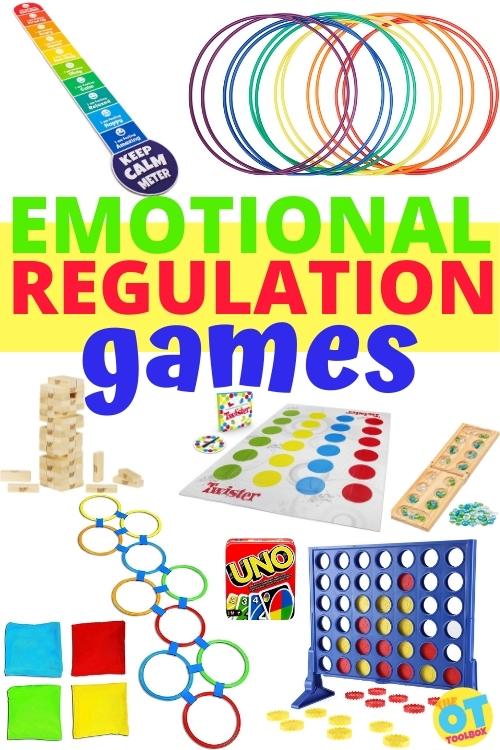
Emotional regulation Games
Using over-the-counter games as emotional awareness tools is a cheap and creative way to foster the engagement of children in the learning process of emotional awareness and self-regulation.
Children love playing games and using them in this manner provides a great therapeutic tool for kids to practice these important skills.
Granted, some games do help children work on self-regulation naturally while others need just a little adaptation to make them worthy of being called self-regulation and emotional awareness tools.
You’ll also want to check out our self awareness games as additional supports for developing these skills.
How to use games to support emotional regulation
How exactly do you use over-the-counter games to help children learn about feelings and emotions?
Think about how the simple playing of a game or just a slight adaptation to the game can create the just right therapeutic activity to help children work on identifying and expressing feelings and emotions. Maybe just adding simple facial expressions, emojis, or even a descriptive word to the board, tokens, spinner, or the game cards could give the ‘just right’ challenge for a child.
How exactly do you use over-the-counter games to help children learn self-regulation skills?
Think about how playing these games naturally can help children to practice emotional regulation skills:
- Recalling the rules
- Keeping their focus
- Attention to game play and the play of others
- Accepting and coping with winning and losing
- Flexibility of thinking as they play against an opponent
- Inhibition of impulses during play
These are all necessary skills that are directly related to self-regulation.
Zones of Regulation Games
Take the time to consider how you may be able to adapt or modify an over-the-counter game allowing game play to incorporate regulation and emotional awareness programs such as, The Zones of Regulation®, The Alert Program®, and SuperFlex…A Superhero Social Thinking Curriculum®.
Maybe just adding the colors from these curriculums like red, orange, yellow, green, and blue might be all you need to do to easily add-in learning of these curriculum concepts during play.
Adapted Over-the-Counter Games
Over-the-counter games are a great go-to and others have taken the time to do just what is discussed here. Read on to discover some of the fun ways that others have used to address these important skills with children of all ages.
Amazon affiliate links are included below.
Don’t Break the Ice Coping Skills activity- This game can be used to help children learn and discuss coping strategies by having them perform the techniques or discuss strategies that are printed on each ice block. Makes a wonderful self-regulation game by simply just writing on the blocks – easy!
Grab Don’t Break the Ice HERE. (affiliate link)
Don’t Break the Ice Worry activity- This game was adapted with the simple use of dots and 4 questions. How easy is that? Makes it a unique way to have children share about worries, what happens in their bodies, gain some understanding, and learn helpful coping strategies.
Grab Don’t Break the Ice HERE. (affiliate link)
Connect 4 Emotions: This game is adapted by simply placing emotions stickers on the red and yellow chips and when a player picks up a piece to place it, they must share a time that they have felt that emotion. This can easily be used to identify emotions or even identify an appropriate coping strategy to deal with an emotion.
Grab Connect 4 HERE. (affiliate link)
Emotions Twister: This is a super fun way to work on emotions while using the Twister mat and incorporating the Zones of Regulation® colors by drawing facial expressions on the dots! Makes for a great supplement to the curriculum!
Grab Twister HERE. (affiliate link)
Emotions Uno: Using a deck of Uno cards, children talk about the emotions related to the card colors with an adult providing subject prompts. Children can talk about experiences and the emotions they felt during those times.
Grab UNO HERE. (affiliate link)
Feelings Jenga or Exploring Emotions Jenga: This is a fun way to help children explore and talk about feelings and emotions by having children answer questions related to specific emotions. Makes a great tool to use in small groups!
Grab Jenga HERE. (affiliate link)
Feelings Mancala: This old-time game has been turned into a game for emotional awareness and development. Facial stickers are placed into the bottom of each hole on the board and then the game is played with each player sharing about a time they felt a particular feeling or emotion.
Grab Mancala HERE. (affiliate link)
Another idea is to simply use the Jeepers Peepers Guessing Game Glasses or the Hedbanz Headbands with cards from the Superflex curriculum. Children don the glasses or headbands from these games and then place the Thinkable or Unthinkable cards (affiliate link) onto the glasses or headbands and have a child try to describe them.
Grab Headbanz HERE. (affiliate link)
Classic Games to teach emotional regulation
How about trying some of the classic games or even classic toys that we all know and love but that do not require the use of a board game? That’s right. Enjoy these fun ideas designed for children to learn about emotions and feelings as well as self-regulation and coping.
Feelings Matchbox Cars Parking Lot: Kids love Hot Wheels and Matchbox Cars and there are cars designed for every child’s interest. But have you thought about using them to park in spots of a feelings and coping parking lot? Makes an easy DIY activity using some classic toys!
Grab Matchbox Cars HERE. (affiliate link)
Hopscotch: This is a super easy gross motor activity that kids can use to identify and discuss emotions and feelings. Makes a classic turn into a newbie!
Grab this Portable Hopscotch Board (with Zones Colors) HERE. (affiliate link)
Hula Hoops and Zone of Regulation: Everyone loves to try using a Hula Hoop! Kids and adults alike will pick one up and try to play with it. This activity uses this fun classic toy by helping children identify the different zones and what makes one be in that zone. So, they are learning about the feelings while also learning about curriculum concepts.
Grab a Hula Hoop set in Zones colors HERE. (affiliate link)
Zones of Regulation Lego Towers: Kids enjoy building with Legos and they have been a core toy for years and years. Children see Legos and they immediately go to them and begin creating something fun! Try using them to create some fun Lego Towers that helps children identify emotions, feelings, and coping strategies. Makes for Lego love on a whole new level!
Grab DUPLO blocks HERE. (larger blocks- affiliate link)
Grab LEGO blocks HERE. (Smaller blocks for hand strengthening- affiliate link)
Social Emotional Games
Maybe you have the money to spend on actual board games that address the skills of emotional awareness and self-regulation. If so, take a look at these fun games designed just for that purpose!
BBQ Emotions (affiliate link)- This game has large skewers that help children to recognize and manage 10 different emotions. Children will discuss them and how to deal with them as if they are ingredients. This makes for a fun game that can be played individually or in a small group.
Grab BBQ Emotions HERE. (affiliate link)
Emotion-oes – This fun domino game helps children to recognize and identify emotions by matching the pieces just as they would if playing regular dominoes.
Emotional Roller Coaster (affiliate link) – This anger management game helps children learn coping and calm down strategies when they are experiencing the feeling of anger.
Grab Emotional Roller Coaster HERE. (affiliate link)
Emotions Bingo (affiliate link)- This simple bingo game helps children to recognize and identify emotions by scanning and matching the pieces just as they would if playing regular bingo. It helps kids to talk about how to handle feelings in a healthy way.
Grab Emotions BINGO HERE. (affiliate link)
Grab Emotions BINGO for Teens HERE. (affiliate link)
My Feelings Game (affiliate link)– This game has 280 scenarios that help children to express their feelings and how to cope with them appropriately.
Grab My Feelings Game HERE. (affiliate link)
Social Skills Board Games (affiliate link)– This is a set of board games designed to help children work together to improve their overall social skills and can help children to learn about their feelings and the feelings of others. One particular board game is designed to show emotions and how to manage them.
Grab this 6 Pack of Conflict Resolution Games HERE. (affiliate link)
No Waries (affiliate link)– This game is a social emotional card game that helps children to learn about and understand emotions and in turn, helps them to acquire important social emotional skills.
Grab No Waries HERE. (affiliate link)
So, get brave and use your over-the-counter OT eye to find a game or toy that you can use to help a child build or develop important social-emotional skills while having some creative fun!

Regina Parsons-Allen is a school-based certified occupational therapy assistant. She has a pediatrics practice area of emphasis from the NBCOT. She graduated from the OTA program at Caldwell Community College and Technical Institute in Hudson, North Carolina with an A.A.S degree in occupational therapy assistant. She has been practicing occupational therapy in the same school district for 20 years. She loves her children, husband, OT, working with children and teaching Sunday school. She is passionate about engaging, empowering, and enabling children to reach their maximum potential in ALL of their occupations as well assuring them that God loves them!


